
Here are 5 ways you can Supercharge Your Designs: AI’s Role in Home Improvement and Furnishing :
- Use AI as Your Creative Assistant
- See It Before You Build It: No More Design Surprises
- Understanding Your Clients Like Never Before
- Beyond Design: A Personalized and Functional Living Experience
- AI Can be Your Personal Shopper
I Believe the Future of Home Design and Improvement is powered by AI
Adetutu -Light Trybe Nigeria
The home improvement and design industry is changing faster than ever, While the core principles of design and functionality remain timeless, AI is rapidly emerging as a powerful tool for everyone in the home improvement, building, and furnishing industry.
In this blog post, Light Trybe Nigeria explores how you can leverage Artificial Intelligence to supercharge your workflow, improve client communication, and create more innovative and personalized spaces. Get ready to supercharge your designs and take your home improvement business to the next level!
1. Use AI as Your Creative Assistant:
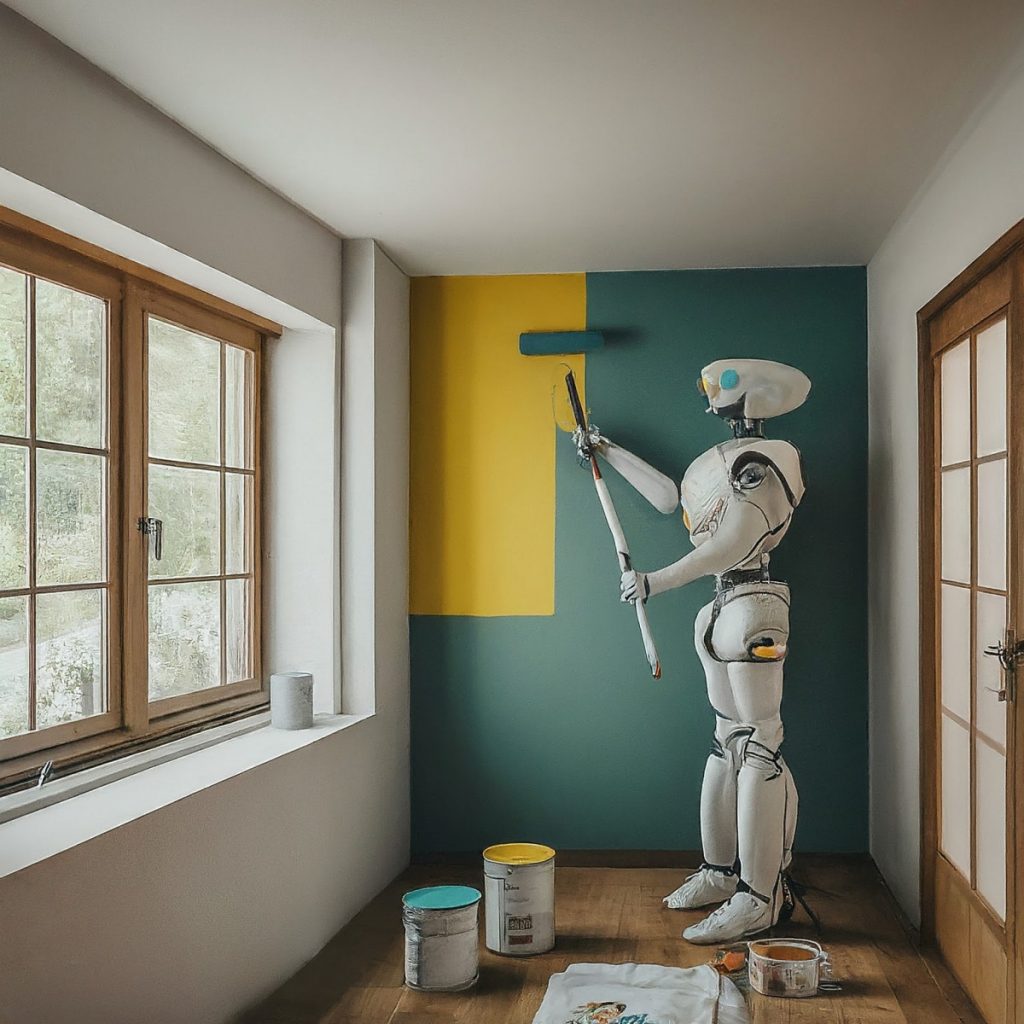
Are you feeling stuck on design ideas? AI-powered design platforms like ZMO AI can be your creative springboard! Simply upload photos of the space, choose a desired style (whether it’s modern minimalism, rustic charm, or industrial chic), and let AI generate different design ideas.
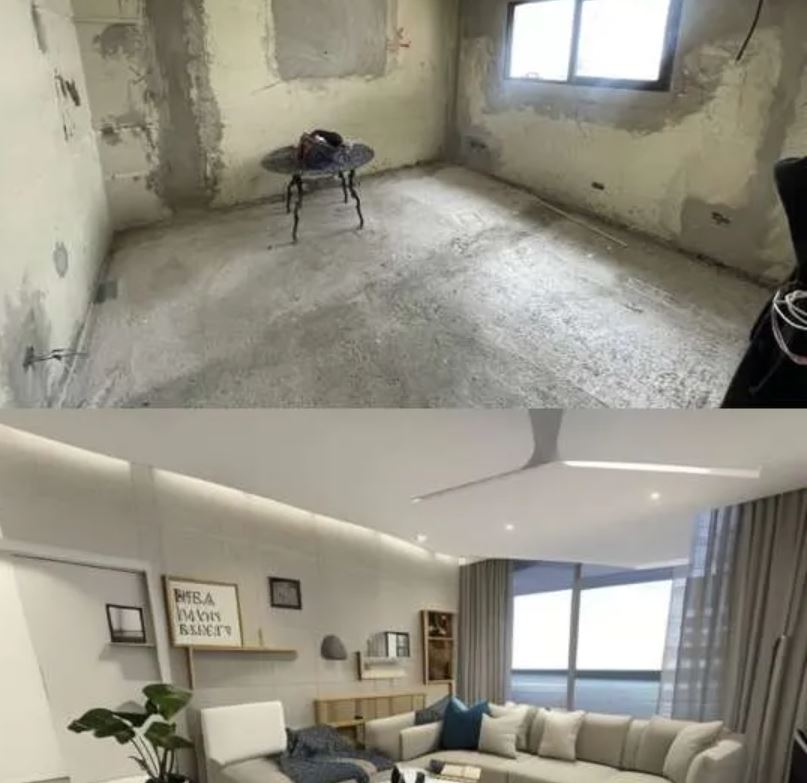
These can include furniture layouts that optimize space utilization, color palettes that evoke specific moods, and even product recommendations tailored to the chosen style and budget.
This eliminates the initial guesswork and ignites the creative spark, allowing you to explore various possibilities and collaborate with your client to refine their vision.
2. See It Before You Build It: No More Design Surprises:
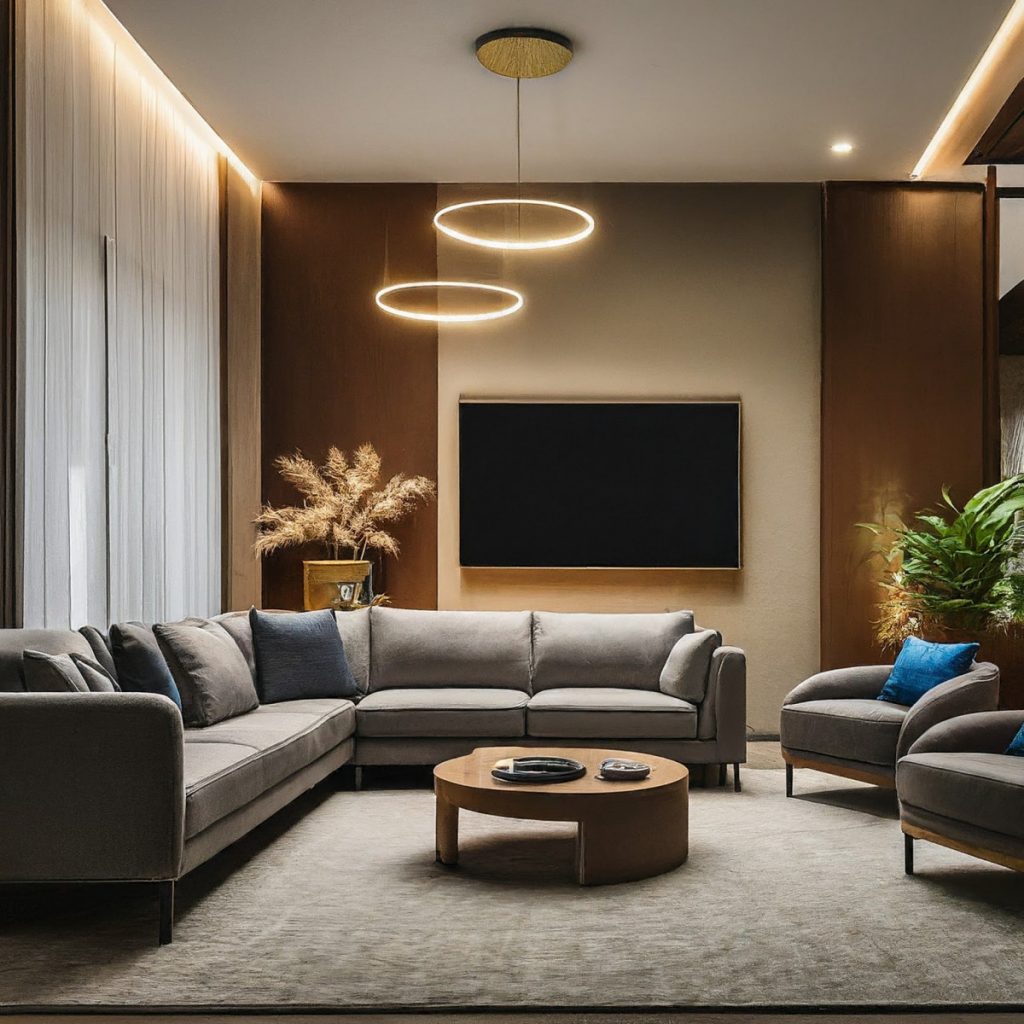
Gone are the days of relying solely on hand-drawn sketches or static floor plans that can often leave room for misinterpretation. AI-powered 3D modeling and virtual reality (VR) tools are revolutionizing the visualization process. Imagine creating incredibly realistic 3D models of a space, complete with textures, lighting, and furniture.
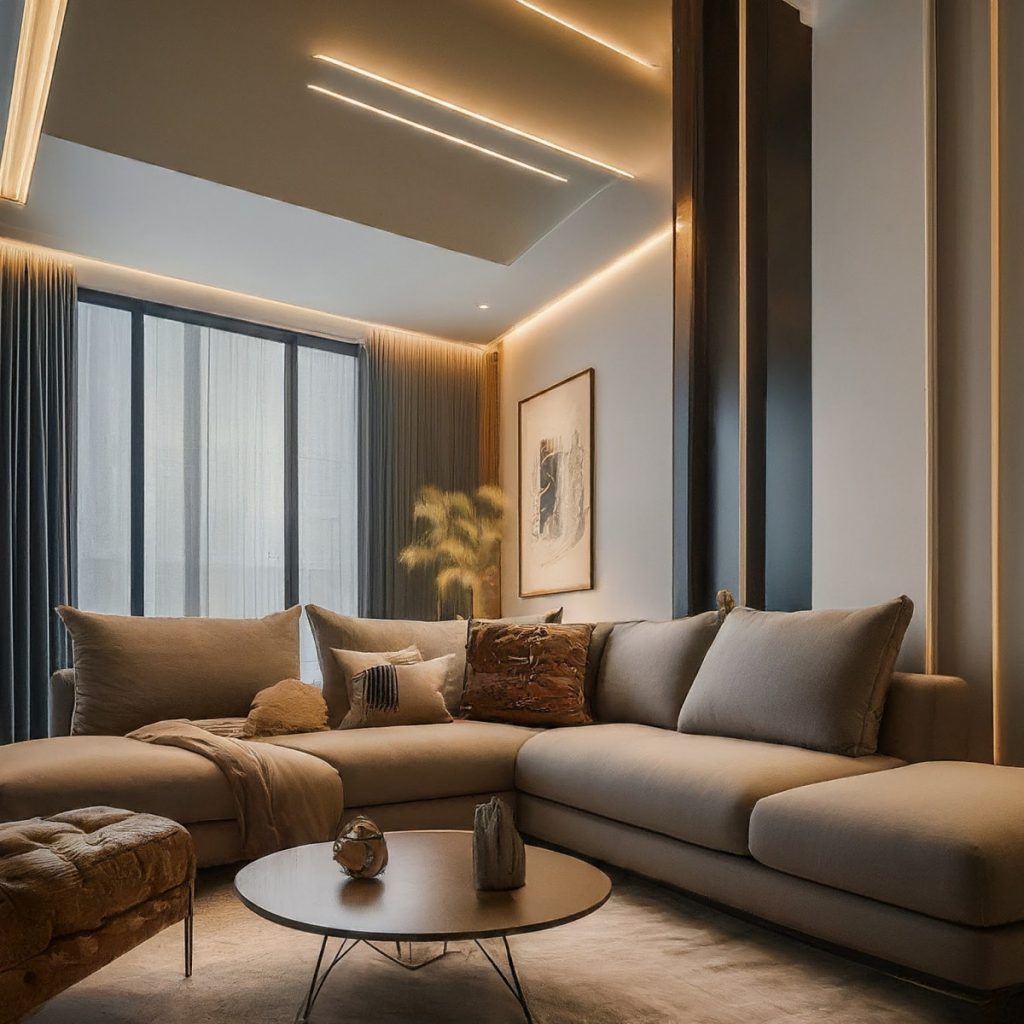
Clients can then take virtual tours, experiencing the space from different angles and experimenting with furniture placement before any construction begins.
This collaborative approach ensures the space is optimized for functionality, avoids costly mistakes down the line, and allows clients to truly connect with the design before it comes to life.
3. Understanding Your Clients Like Never Before:

One of the most significant advantages of AI lies in its ability to bridge the gap between designer and client. AI-powered design preference surveys and questionnaires can delve deeper than traditional methods, analyzing client responses to uncover their design preferences, lifestyle needs, and budget constraints.
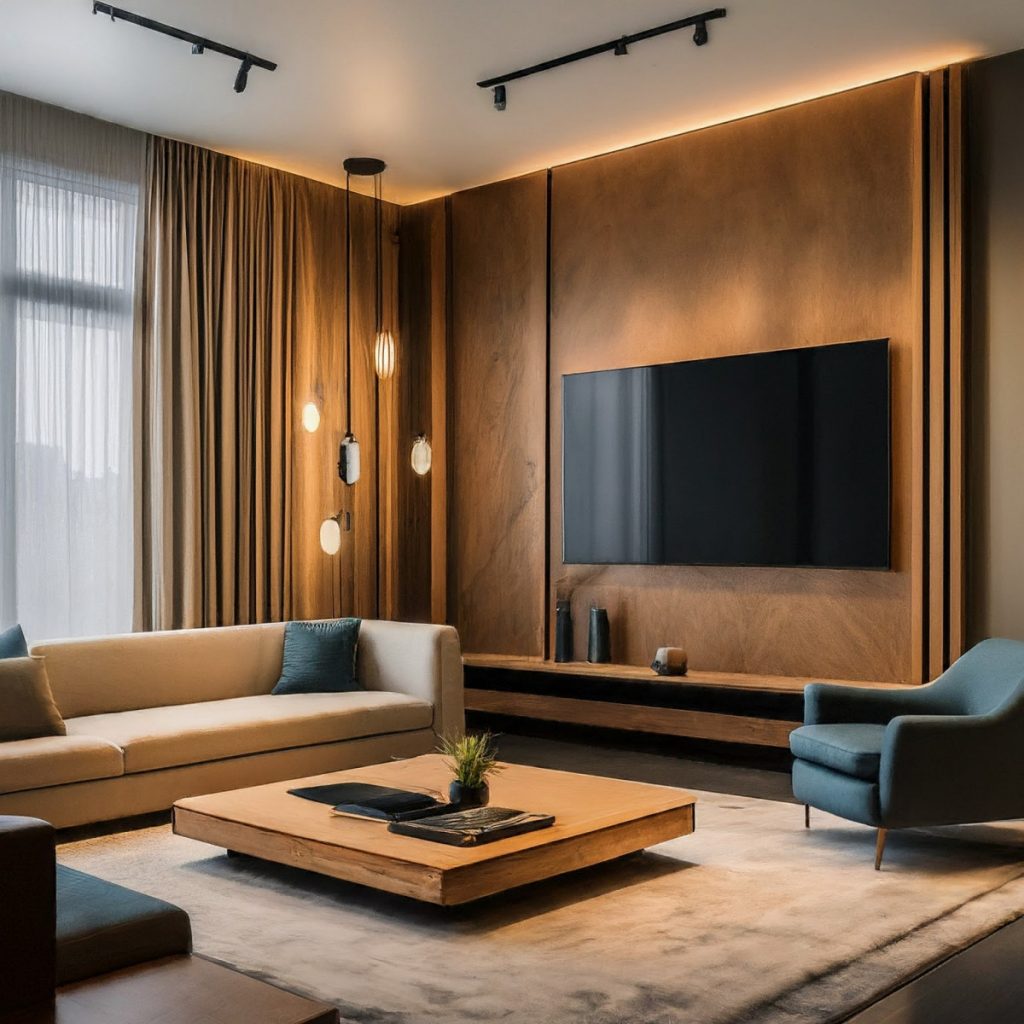
This information is valuable in creating personalized design proposals that perfectly reflect their expectations. Imagine a questionnaire that not only asks about preferred colors, and styles, but also delves into how the client uses the space, their daily routines, and their emotional connection to certain design elements.
This solution allows you to design a space that not only looks beautiful but also fosters a sense of well-being and truly reflects the client’s personality.
4. Beyond Design: A Personalized and Functional Living Experience:
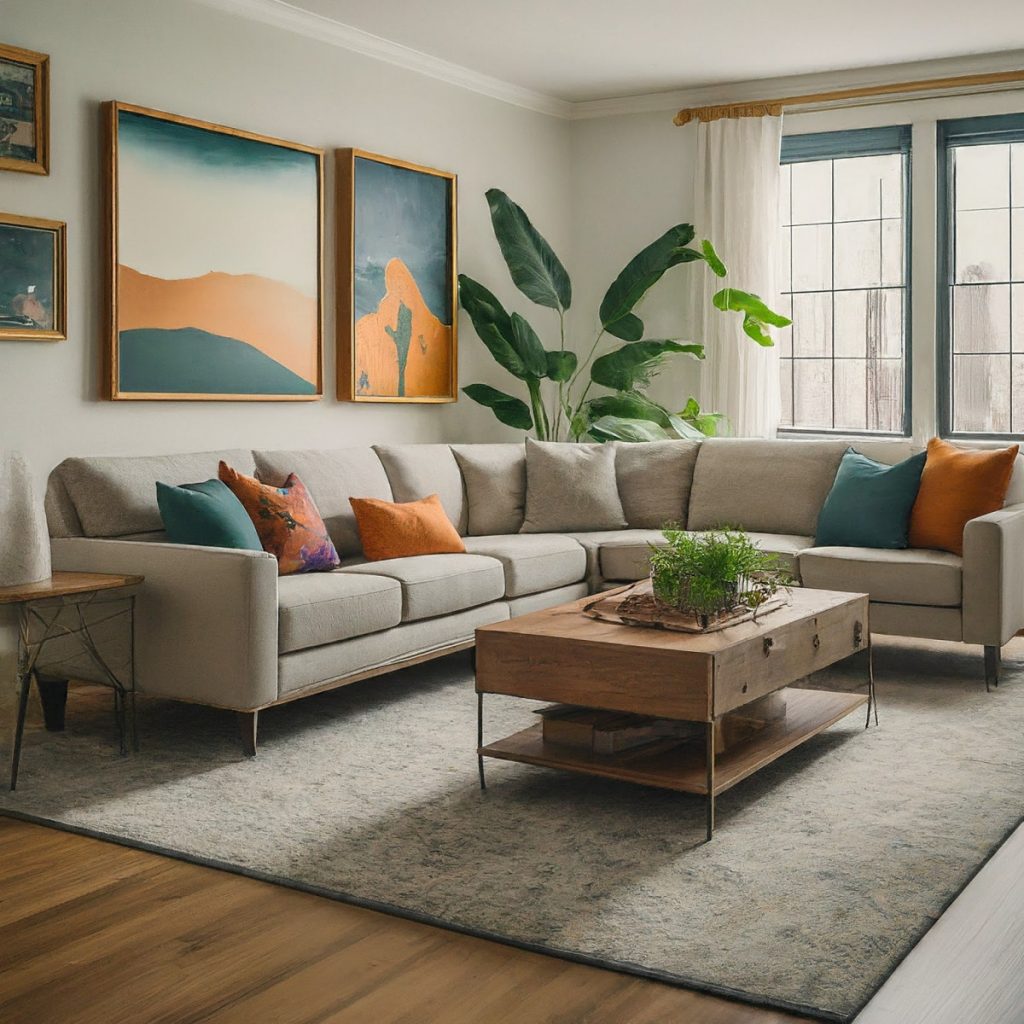
The power of AI extends beyond design. AI-powered client platforms streamline communication and project management. Imagine a platform where clients can access design plans, track the progress of their projects in real time, communicate directly with you, and even receive automated updates on deliveries and installations.
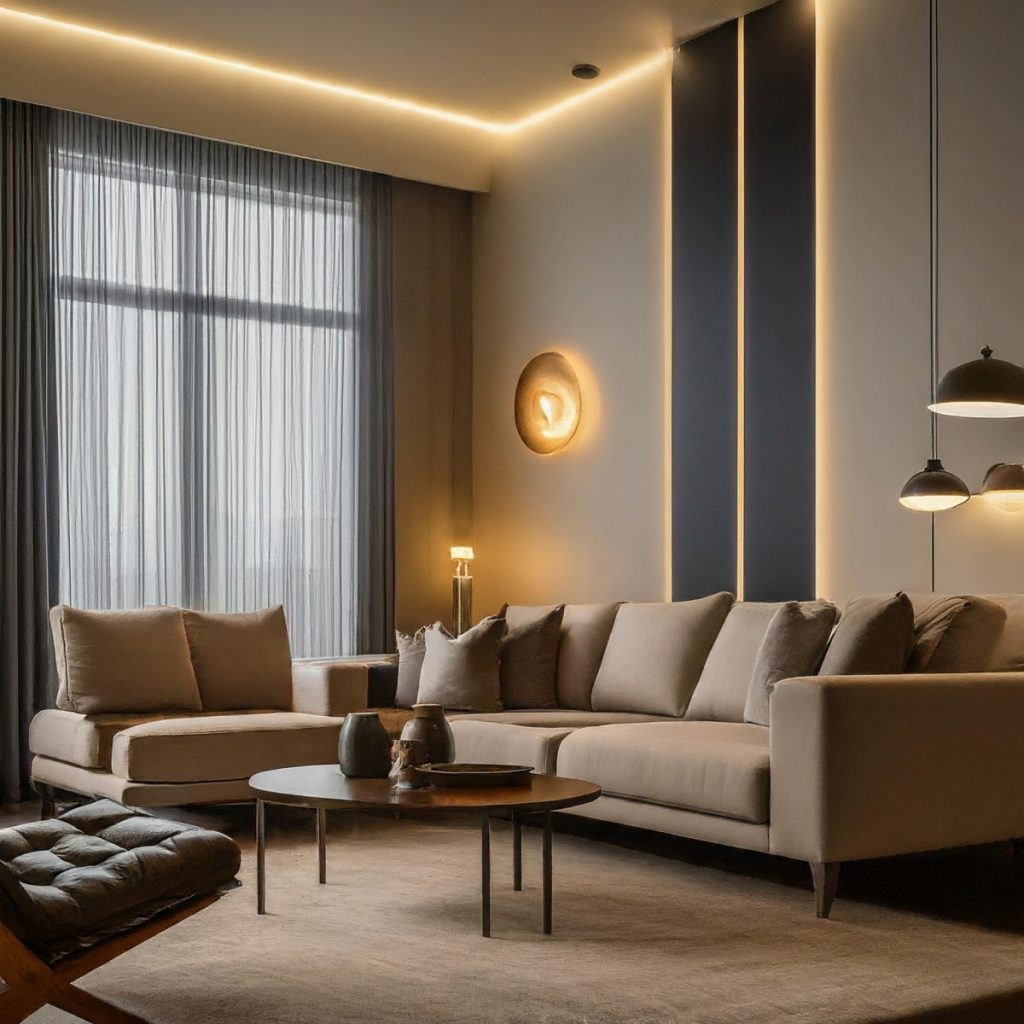
This fosters transparency, trust, and a sense of partnership throughout the project. Additionally, AI can be used to integrate smart home features like lighting, temperature control, and security systems into the design plan.
This creates a living environment that is not only functional but also adapts to your client’s needs and preferences, enhancing their overall comfort and well-being.
5. AI Can be Your Personal Shopper:

Imagine having a personal shopper for furniture and décor! AI can analyze the overall design concept, client preferences, and budget to recommend furniture, décor items, and materials that complement the space and fit seamlessly within the chosen style.

This saves countless hours of searching through endless product catalogs and ensures a cohesive and stylish design aesthetic.
AI can also leverage data on product availability, lead times, and pricing to ensure that the design plan is not only beautiful but also realistic and achievable within the desired timeframe and budget.
The Future of Home Design is Collaborative and Intelligent:
The benefits of AI in home improvement and interior design extend far beyond these listed solutions. AI can increase efficiency by automating repetitive tasks like generating design variations or creating bills of materials. It can improve accuracy with advanced measurements and calculations, leading to a smoother design and construction process. Ultimately, AI leads to higher client satisfaction through a more personalized design experience and a space that truly reflects their unique lifestyle.
Conclusion:
It is important to remember that AI is a powerful tool, not a replacement for human expertise. The best results are achieved when AI is used in conjunction with the creativity, experience, and personal touch of a skilled designer or home improvement professional.
Designers and Professionals must bring their human intuition, ability to understand nuances, and problem-solving skills to the table, ensuring that the final design is not only functional and beautiful but also reflects the client’s unique personality and story.
Comment below if you can tell the difference. The captivating visuals on this page are all courtesy of cutting-edge AI technology.

 09161848660
09161848660